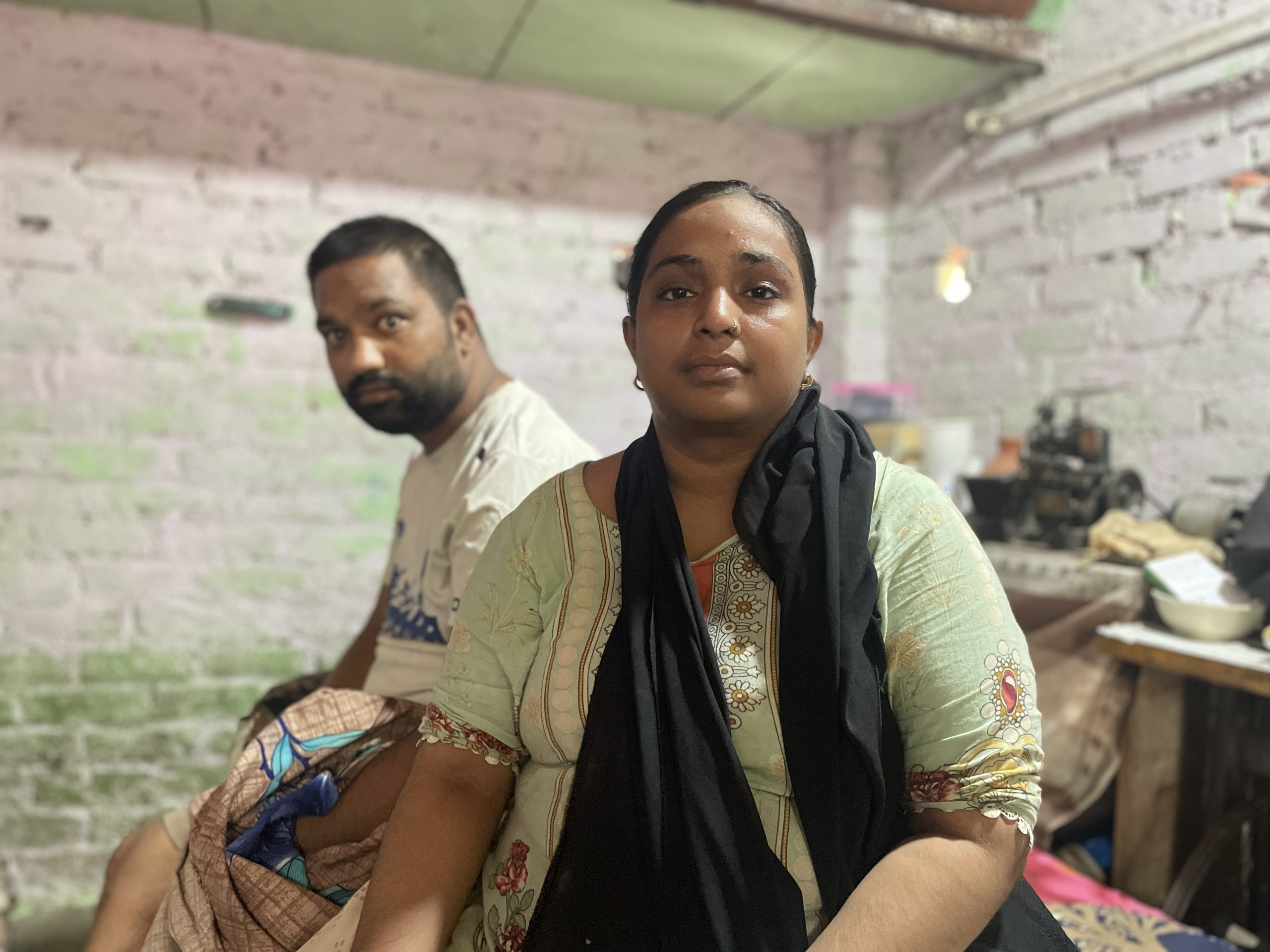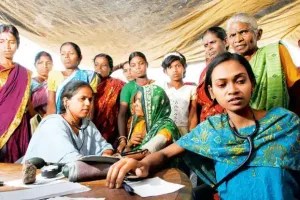[Readmelater]
What Afreen’s Story Says About Poor Healthcare Funding In India
Two of Delhi’s biggest government hospitals are right in Afreen’s backyard. But her struggle to access healthcare for her husband when he had a stroke underlines why the government needs to spend more on health

Afreen, 27 and her husband Aamir at their house in Delhi’s Mirdard area/ Shreya Raman
Support BehanBox
We believe everyone deserves equal access to accurate news. Support from our readers enables us to keep our journalism open and free for everyone, all over the world.




